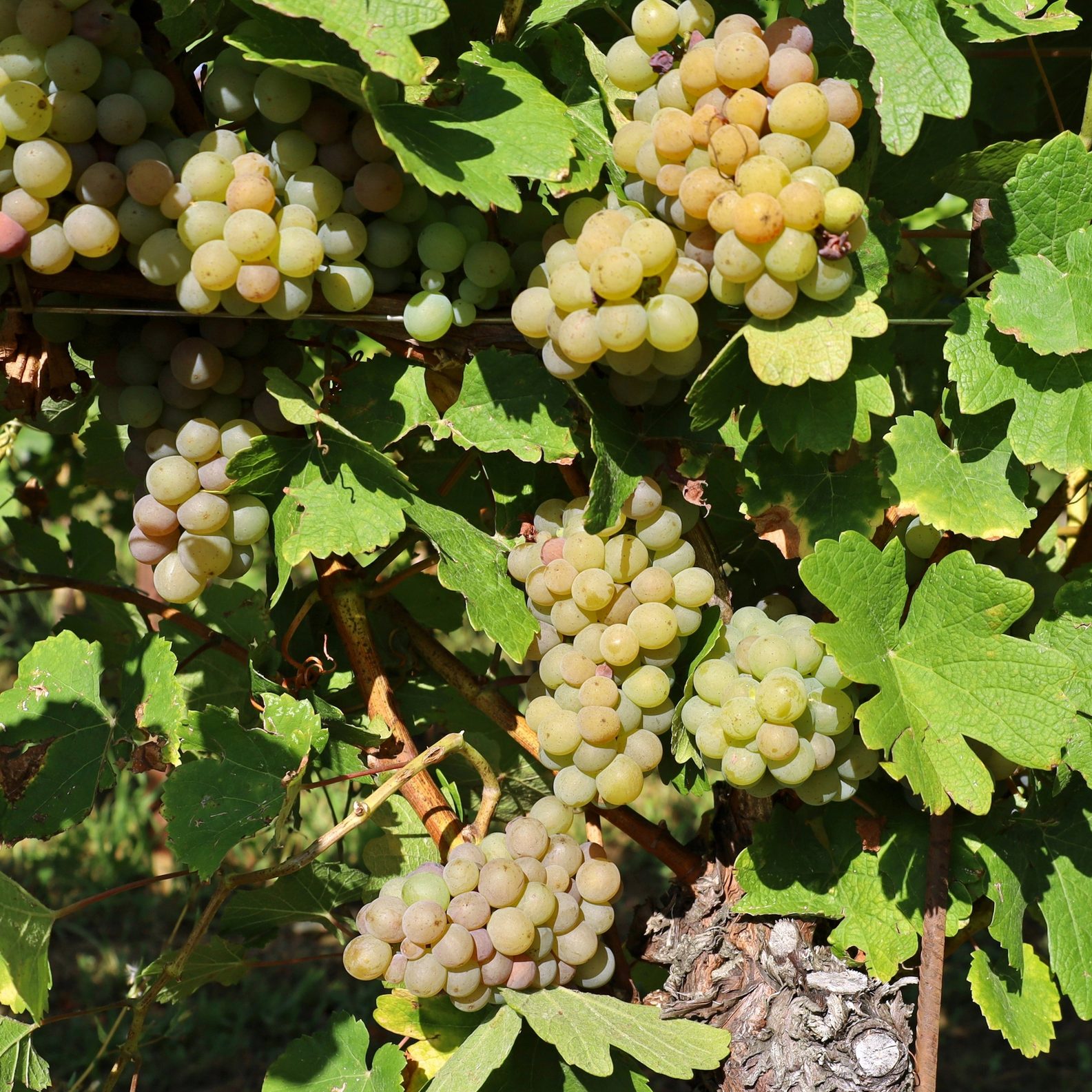Gruppo Montelvini presents Pinot Grigio with historical context
The San Osvaldo brand from Gruppo Montelvini shows how Pinot Grigio Delle Venezie can capitalise on the region’s impressive heritage.

“We believe it is crucial to transfer this heritage and to express this history when talking to our customers,” says Alessandro Guerini, commercial director at Veneto’s Gruppo Montelvini. It is an approach to heritage and history that spans the entire Montelvini group, which is also important for Cantina San Osvaldo, its producer of the region’s emblematic still wines.
A central element of the portfolio is its Pinot Grigio Delle Venezie. Making up 20% of the producer’s sales, which rises to 40% of exported sales, the wine is both a strong commercial proposition and a distinctive expression of the region’s heritage. Both points are reinforced by the position of a Pinot Grigio Delle Venezie in its top Antichi Poderi range.
Guerini is certainly open about the grape’s commercial appeal: “Pinot Grigio has been the most exported Italian still wine for years now – probably for the last 15 or 20 years.
International consumers appreciate its easy-drinking quality, light body and refreshing style beside its great value-for-money.”
The wine therefore has a natural place in the range. However, as a producer with significant historical cachet, San Osvaldo also finds that Pinot Grigio Delle Venezie expresses its local charm.
Founded in the 1930s by Baron Lajos Babos, a former admiral of the Austro-Hungarian Navy, San Osvaldo has been producing wine in the eastern Veneto for nearly a century. The Serena family, who this year celebrate 20 years after acquiring the property, likewise has a long history; it has produced wines since 1881. There is, therefore, heritage behind the brand.
Even the name of the winery, San Osvaldo, has a niche historical significance. A Northumbrian king from the 7th Century, Saint Oswald was chosen as the brand’s namesake as he is the patron saint of the small nearby town of Lison.
The brand likewise recognises local history in its branding. Themed around typefaces, it pays tribute to Aldo Manuzio, a pioneering printer whose editions of classic texts greatly benefitted nearby Venice.
However, the most substantial means of historical connection is in San Osvaldo’s grape varieties. It creates wines from local varieties such as Lison and Refosco, as well as international varieties such as Pinot Grigio that, in Guerini’s words, “found their perfect home here.”
It is no wonder that many grapes thrive in the region. For Guerini, the TreVenezie area has immense natural and historical character.
“The Delle Venezie territory has a long heritage, as grape cultivation probably started in the 7th Century BC,” he explains. “Here we have a vast area embraced by the Alps, the Garda Lake (Italy’s biggest lake) and the Adriatic sea.”
Pinot Grigio, although an export from the Alsace, is ideally placed to take advantage. In explaining its suitability, Guerini paraphrases the definition of terroir from France’s Institut National de l’Origine et de la Qualité: “The region is well-suited for Pinot Grigio because Pinot Grigio is part of its history, culture and heritage.”
Indeed, heritage is central to the San Osvaldo story. Planted between the two world wars, its vineyards of Pinot Grigio were well ahead of the international boom for Pinot Grigio that began in the 1960s. For its part of the region, San Osvaldo was an early adopter of Pinot Grigio.
Certainly there are many aspects at play in explaining the popularity of Pinot Grigio Delle Venezie. For instance, Guerini highlights the simple fact that it is easily pronounced and remembered by foreign consumers. Moreover, Gruppo Montelvini has an advantage in marketing its wines, including Pinot Grigio, as it is certified as a sustainable winery by Equalitas.
Nevertheless, San Osvaldo and the entire team at Gruppo Montelvini make a compelling case for considering Pinot Grigio in a historical and regional context. Although a relatively recent commercial success story, which has truly boomed over the last 20 years, Pinot Grigio Delle Venezie has deep, centuries-old roots. By incorporating them into its brand identity, San Osvaldo proves that heritage is a valuable part of its market proposition.
Related news
Is Pinot Grigio Delle Venezie still thriving?
'It finds a lot of wine lovers': Pasqua Wines explains Pinot Grigio success
